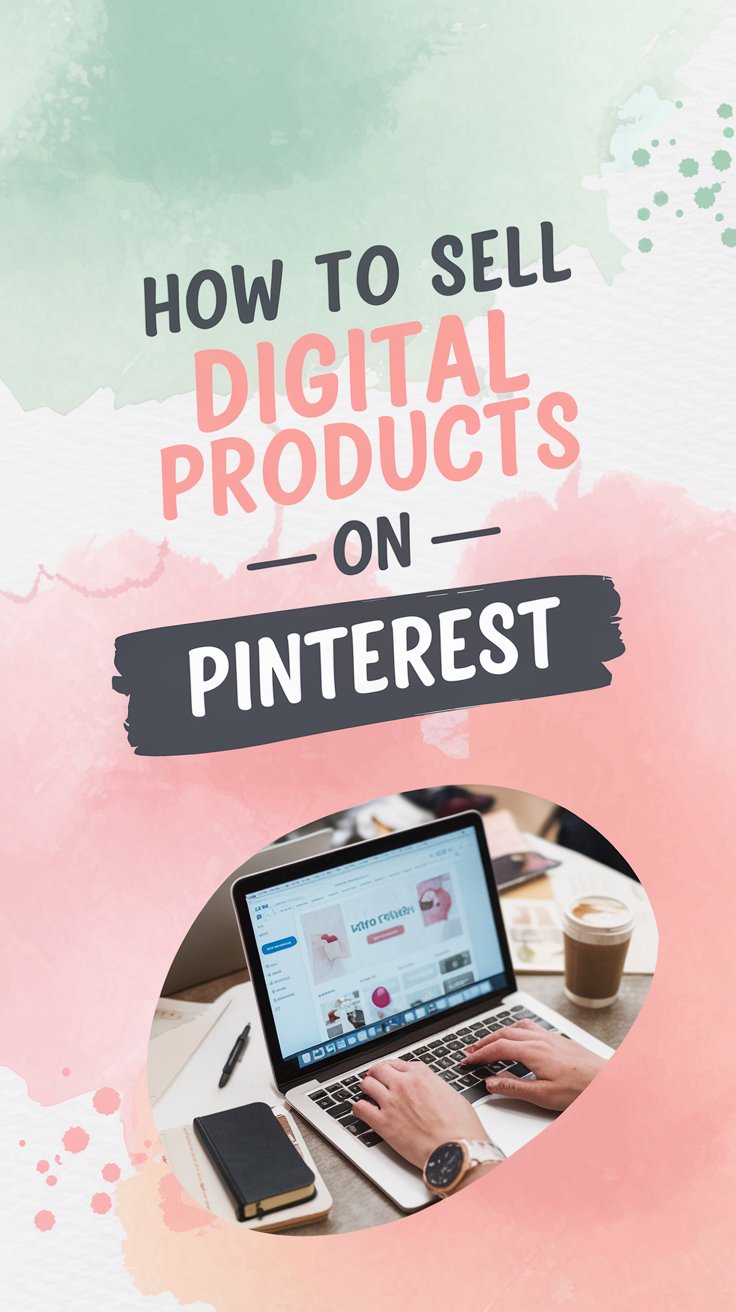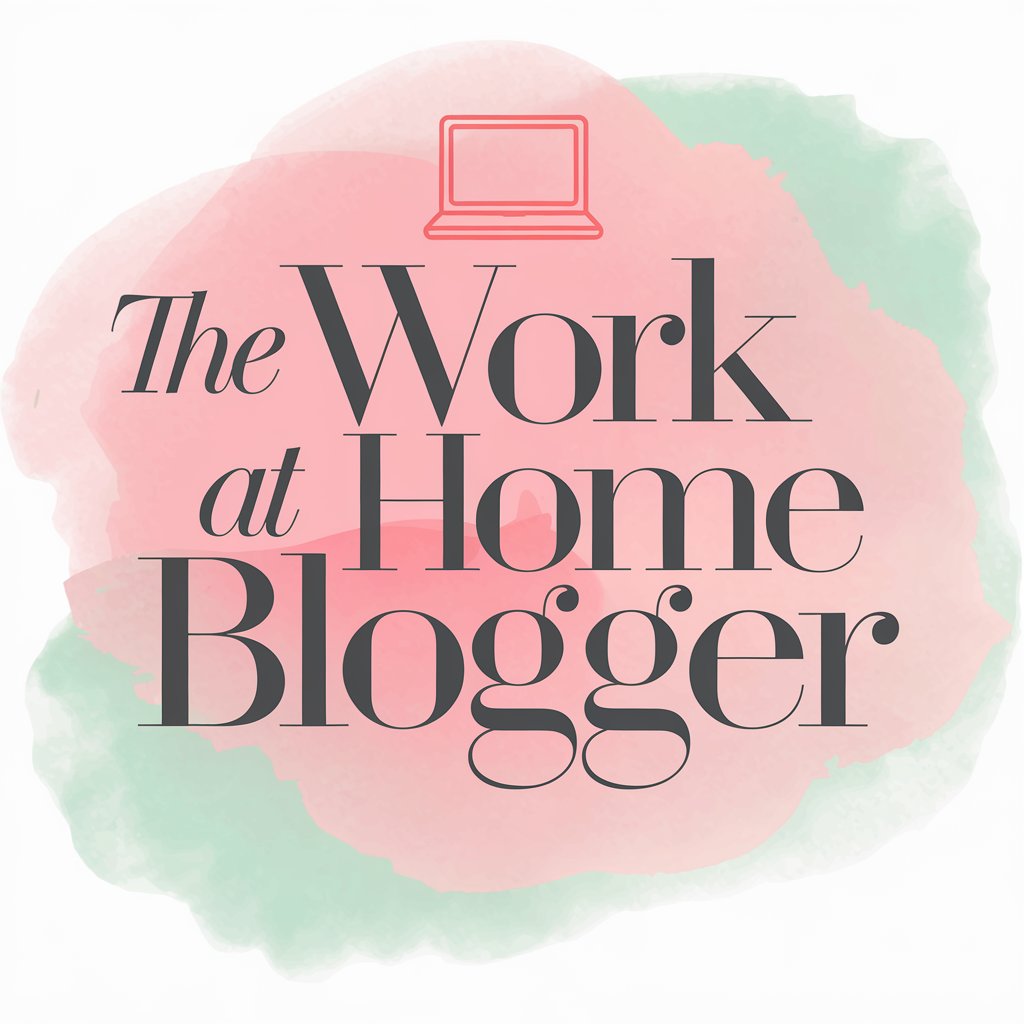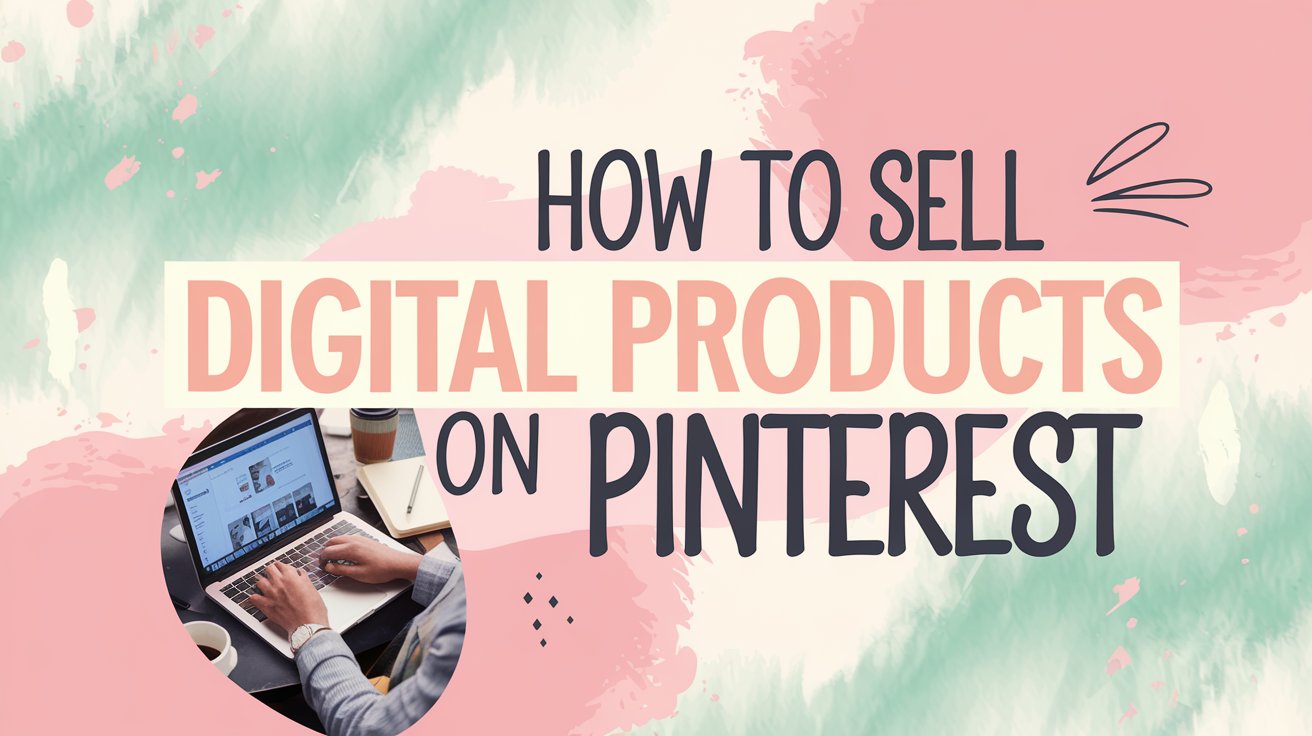In this blog post, you will learn how to sell digital products on Pinterest.
You’ve done it—you’ve designed a stunning digital product on Canva without spending a penny. Now comes the tricky part: selling it. If you’re feeling overwhelmed by the idea of marketing and selling your creations, you’re not alone.
The truth is, creating the product is only half the battle; getting it in front of the right audience is where the magic happens.
The Great News
You don’t need expensive tools or complicated websites. With free platforms like Payhip, Beacons, Systeme.io, and biosites, combined with Pinterest’s marketing power, you can sell your digital products without spending a dime.
In this guide, I’ll walk you through every step of the process—from setting up shop to mastering Pinterest marketing as a beginner.

Here is How to Sell Digital Products on Pinterest
What You Might Need:
- A free Canva account for updates or tweaks.
- A free account on platforms like Payhip, Beacons, Systeme.io, or biosites to host your product.
- A free Pinterest Business account for marketing.
- Time to create pins and follow this guide step-by-step.
Step 1: Set Up Your Free Storefront
To sell your digital products, you’ll need a place where customers can buy and instantly download them. Free platforms like Payhip, Beacons, Systeme.io, and biosites make this easy.
How to Set Up Your Storefront:
- Choose Your Platform:
- Payhip: Perfect for printable planners, stickers, and digital files. No upfront fees; they take a small transaction fee. Check out the store I created on Payhip.
- Beacons or Biosites: Great for a simple link-in-bio setup that includes a shop.
- Systeme.io: Ideal for those looking to build free sales pages and even email marketing. You can start for free!
- Create Your Store:
- Sign up for a free account.
- Upload your product files (e.g., PDFs or PNGs).
- Write a clear, persuasive product description highlighting the benefits of your product.
- Set Pricing:
- For beginners, start with affordable pricing like $3-$10 to encourage first-time buyers.
Example:
Product: “Daily Productivity Planner”
Description: “Struggling to stay organized? This printable daily planner is perfect for tackling tasks and reaching your goals!”
Picture This: Your Payhip storefront is live, showcasing your Canva-designed planners with bright product images and clear download links, ready to wow buyers.
Read More About Digital Products:
Step 2: Set Up Pinterest for Marketing
Pinterest is the go-to platform for attracting an audience to your product for free. With its search-based nature, your pins can reach thousands of potential customers daily.
How to Optimize Your Pinterest Business Account:
- Switch to a Business Account:
- Go to your Pinterest settings and switch to a free business account for access to analytics and tools.
- Create an Engaging Profile:
- Profile Name: Be clear about what you offer (e.g., “Printable Planners & Templates”).
- Bio: Include keywords like “Printable planners, stickers, and tools to stay organized. Download yours today!”
- Add your store link (Payhip, Beacons, or Systeme.io) to your bio.
- Claim Your Store Link:
- Verify your selling platform link on Pinterest for added credibility.
Picture This: Your Pinterest profile feels like an extension of your brand, filled with beautifully curated boards and a bio that screams, “Click here to get organized today!”
Step 3: Create High-Converting Pins
Pinterest pins are your virtual storefront, and they need to stop scrollers in their tracks. Here’s how to design pins that convert:
How to Design Pins on Canva:
- Open Canva and choose a “Pinterest Pin Template” (size: 1000×1500 px).
- Use a bold headline to grab attention:
- Example: “Free Printable Planner to Stay Organized!”
- Include an image of your product. Use Canva’s mockup tools to show your planner or template in use.
- Add a call-to-action like “Click to Download” or “Shop Now.”
- Use your brand colors and keep the design clean but eye-catching.
How to Write Pin Titles and Descriptions:
- Title Example: “Printable Budget Tracker to Organize Your Finances”
- Description Example: “Download this free printable budget tracker to get control of your finances. Perfect for beginners and busy moms!”
- Include relevant keywords in both the title and description (e.g., “printable planner,” “digital downloads,” “budget organizer”).
Picture This: Your bright, bold pin appears at the top of search results when someone types “printable budget planner,” enticing them to click and buy.
Step 4: Create a Pinterest Content Strategy
Pins don’t sell by themselves—they need a consistent strategy to drive traffic to your shop.
How to Create a Pinterest Marketing Plan:
- Create Niche-Specific Boards:
- Examples: “Productivity Tools,” “Organize Your Life,” “Digital Planners for Busy Moms.”
- Fill these boards with your pins and related pins to make them useful for viewers.
- Pin Regularly:
- Aim to pin 10-15 times per day, including a mix of your own content and repins from others.
- Use Pinterest’s scheduler or a free tool like Tailwind for automated pinning.
- Analyze Your Results:
- Check Pinterest Analytics to see which pins are driving clicks.
- Double down on designs and keywords that are performing well.
Pro Tip:
Repurpose each product into multiple pins with slightly different headlines and designs to reach a broader audience.
Picture This: You notice that one of your pins for a free weekly planner is going viral, driving hundreds of people to your Payhip shop in a single day.
Step 5: Build Trust with Freebies
If you’re just starting out, offering a freebie is a powerful way to build trust and attract buyers to your shop.
How to Offer Freebies on Pinterest:
- Design a simple but valuable free product (e.g., a one-page daily planner).
- Create pins with a clear call-to-action:
- Example: “Download This Free Daily Planner to Organize Your Day!”
- Use your freebie as a funnel to upsell paid products. For example, after downloading the free planner, customers are encouraged to purchase the full planner bundle.
Picture This: A Pinterest user downloads your freebie, loves it, and immediately returns to buy your premium products.
Closing
Selling Canva digital products for free is absolutely possible with the right strategy. Platforms like Payhip, Beacons, Systeme.io, and biosites make hosting and selling your creations simple and cost-free, while Pinterest gives you the power to promote your products to millions of potential customers. With consistent pinning, clear strategies, and engaging content, you’ll be well on your way to turning your Canva creations into a profitable side hustle.
Your products are ready, and the audience is out there waiting—don’t keep them waiting!








